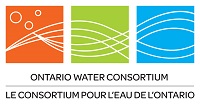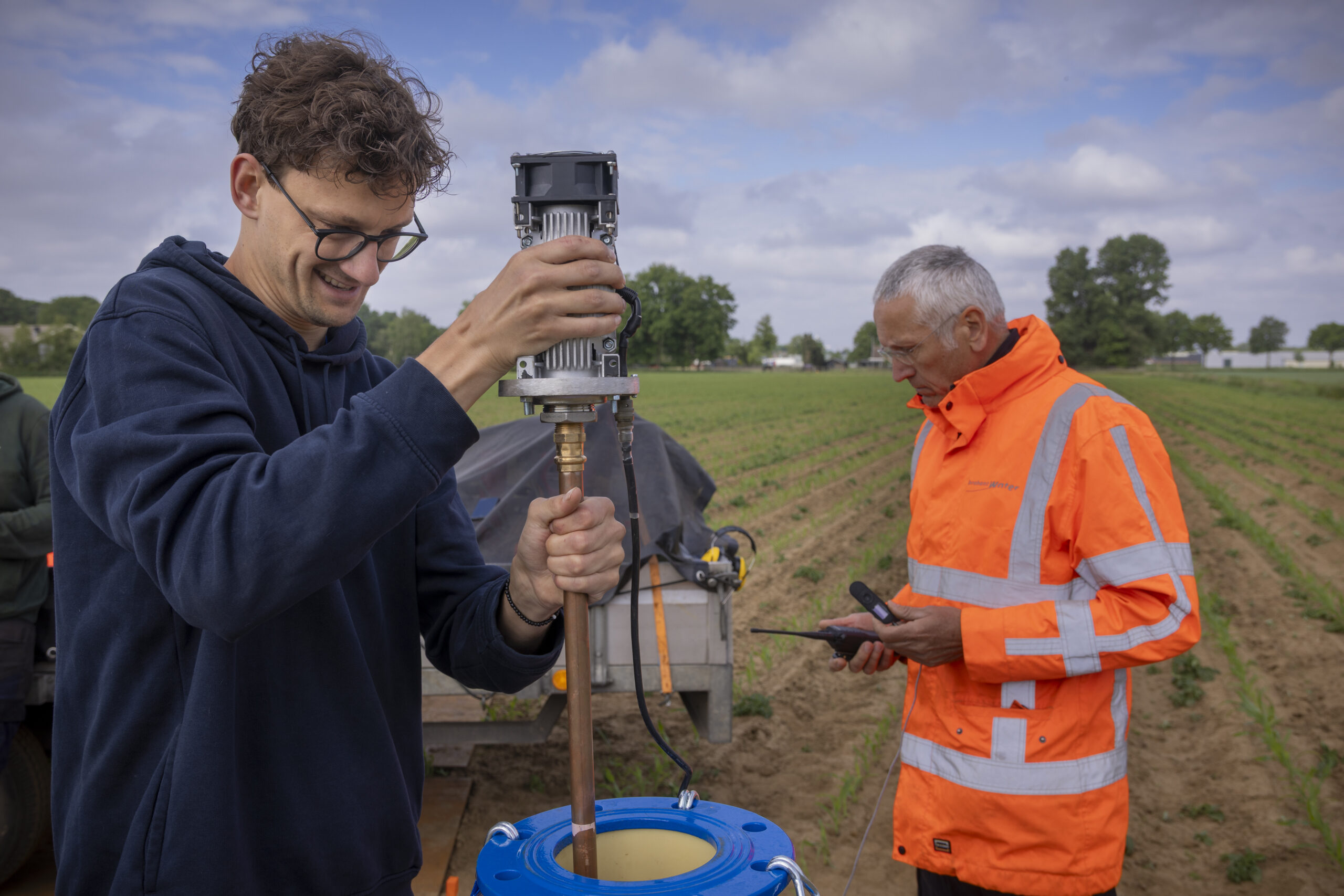The Challenge of Aging Infrastructure
Across Ontario and beyond, municipalities face a pressing challenge: managing aging water infrastructure, particularly asbestos cement (AC) pipe. AC water distribution mains, which make up about 11% of North America’s water network, fail at an average rate of 10.3 breaks per 100 miles each year. With more than 40% of these pipes already over 50 years old, utilities are confronting rising risks as the material nears the end of its useful life. Once valued for its durability and affordability, AC pipe is now reaching or exceeding its service life in many communities. Utilities with limited capital budgets must decide which segments of pipe to replace and which to keep in service. Too often, they must make these choices without detailed condition data—the information that reveals how much strength or wall thickness a pipe still has—leaving them to rely on age or break history alone. This lack of insight can lead to reactive decisions, unplanned service interruptions, and escalating costs.
Brabant Water, a Dutch utility serving more than 2.5 million residents, encountered this same dilemma. Its extensive network of AC water mains, many installed more than half a century ago, required an informed strategy for replacement. Traditional inspection methods could provide answers but came with high costs, long timelines, and operational disruptions to the community. Seeking a more efficient and comprehensive approach, Brabant Water partnered with Ontario-based KenWave, whose vibroacoustic technology was supported by the Ontario Water Consortium’s Water Industry Growth program, and Isle Utilities through the Trial Reservoir Program, an initiative that helps utilities test new technologies with less financial risk. Under this model, repayment is linked to performance outcomes, so utilities only commit if the trial delivers on its promised results.Seeking a more efficient and comprehensive approach, Brabant Water partnered with Ontario-based KenWave and Isle Utilities through the Trial Reservoir Program, an initiative that helps utilities test new technologies with less financial risk. Under this model, repayment is linked to performance outcomes, so utilities only commit if the trial delivers on its promised results.
A Non-Invasive Approach
Through the Trial Reservoir collaboration, the project set out to evaluate a vibroacoustic based technology, an external assessment method that inspects the full length of a pipeline between discrete access points, designed to assess pipeline condition without excavation or system disruption. Instead of removing pipe samples for destructive testing, vibroacoustic assessment works by sending controlled vibration signals into a water main and then measuring how the pipe wall responds. Sensors placed on existing fittings or directly on the pipe surface capture these responses, which reveal changes in wall thickness and overall structural condition. Advanced modeling is then used to interpret the data and identify sections of pipe where wall condition and structural integrity had declined.
The objective was to compare the vibro-acoustic results with prior ultrasonic testing (UT) data already available from the same pipeline. Benchmarking against UT, a well-established and trusted inspection method, was essential to verify the accuracy of the new approach and demonstrate that it could deliver actionable insights with less operational burden.
Results and Validation
The outcomes of the pilot were compelling. Vibroacoustic assessment successfully identified variations in wall thickness and structural integrity within the AC pipeline, with results that closely aligned with the prior ultrasonic testing data. This comparison provided confidence that the approach could serve as a reliable asset management tool, giving Brabant Water a clearer picture of its buried infrastructure.
Equally important, the project demonstrated the efficiency of collecting condition data externally, without the need for extensive excavation or destructive sampling. In locations where no fittings were available, minor potholing (small, localized excavations to insert sensors) was carried out using an innovative installation method designed for areas with high groundwater. These temporary access points enabled the introduction of controlled vibration signals and allowed the technology to generate a detailed view of pipeline condition. For a utility managing thousands of kilometers of mains, the ability to gather insights quickly, with minimal disruption, represents a significant step forward in asset management. This allowed Brabant Water to assess the pipeline without major service interruptions, a critical advantage for maintaining reliable operations while planning long-term renewal.
Implications for Asset Management
The Brabant Water project demonstrates how innovation can reshape the way utilities plan for infrastructure renewal. Relying solely on age-based replacement schedules or small sample testing often leaves operators uncertain about where the greatest risks lie. Vibroacoustic assessments, by contrast, equips utilities with actionable insights to guide investment decisions and extend the life of critical assets—without digging up a single pipe.
For Ontario municipalities, where AC pipe still makes up a substantial portion of the buried network, these lessons carry particular weight. Many systems are approaching the same stage of lifecycle as those in Europe, and the ability to prioritize replacement based on actual condition rather than age alone represents a more sustainable and resilient path forward.
“The Brabant pilot showed that utilities can assess the condition of asbestos cement mains externally, generating actionable insights without system disruption, excavation or destructive sampling.”
– Cameron White, Director of Growth, KenWave Solutions
Looking Ahead
The Brabant Water pilot illustrates the transformative potential of non-invasive pipeline assessment. By demonstrating both the accuracy and efficiency of vibroacoustic methods, and with support from Isle Utilities’ Trial Reservoir Program, the project set a precedent for how utilities worldwide can approach the challenges of managing aging AC mains.
For Ontario’s water sector, the takeaway is clear: innovation in condition assessment can empower utilities to balance infrastructure renewal with affordability and resilience. By making condition data easier to obtain without excavation or internal access, utilities can make evidence-based decisions that extend asset life, manage risk more effectively, and ensure reliable service to the communities they serve.
Author: Cameron White, Director of Growth, KenWave Solutions


